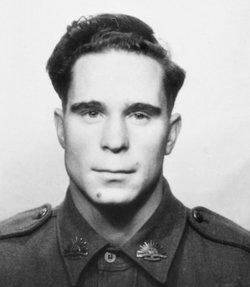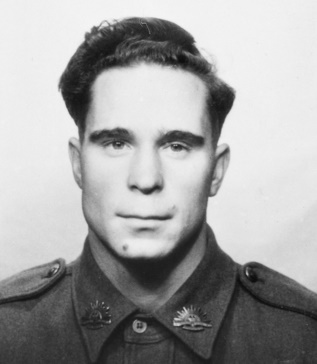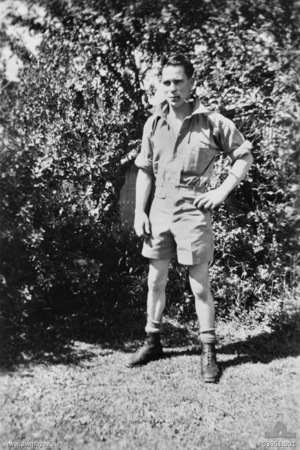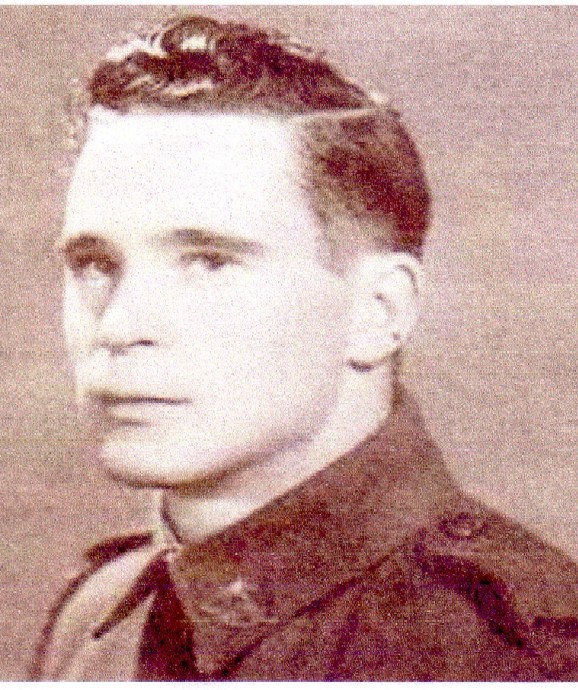Australian prisoners were first sent to Sandakan, Borneo in 1942 to build an airstrip. On 7 July 1942, those selected as part of "B" Force left Changi bound for the wharves and the ship which would take them to Sandakan. After loading, the ship sat in Singapore Harbour for over 2 days before commencing its journey.
Ten days later they arrived at Borneo, disembarking in the afternoon. During 1942, their life was bearable and they lost very few men but in 1943 there was a change. New Formosan guards and the discovery of an Allied intelligence network led to harsh reprisals.
Those at Sandakan were subjected to ever-harsher conditions - The POWs' health and diet deteriorated and, in late 1944, Allied bombing raids caused a further reduction in the men's daily rice ration. By January 1945, their Japanese rice issue stopped altogether and they were given approximately 85 grams per day from accumulated stores built up by the POWs themselves.
The Japanese decided to move the large group of prisoners at Sandakan nearly 300 kilometres further west to the town of Ranau. Two groups of these debilitated and starving men were marched 260 kilometres through the jungle. Those who were too ill to leave Sandakan were left there to die and hundreds of other men died during the two death marches.
Neil Cleary survived the first march from Sandakan to Ranau and on 4th March, he and a mate, Gunner Wally Crease, escaped from the camp at Ranau.
Neil was recaptured over a week later and brought back to the camp where he was thrown into an empty area known as the 'Guard House' and was subject to beatings and torture.
At 7 o'clock the next morning, Crease was released to get a drink of water and escaped while the guards attention was diverted.
He was close to death before his mates were allowed to go to him.
Neil, Japanese Prisoner of War Number 593, the son of James and Iris Cleary of East Geelong, Victoria was buried in the cemetery at Ranau No. 1 Camp. After wars end, his body was recovered and able to be identified and was reburied in Labuan War Cemetery.
* Many thanks to my dear friend Edda, for kindly sponsoring the memorials of this young man who suffered so much. *
Australian prisoners were first sent to Sandakan, Borneo in 1942 to build an airstrip. On 7 July 1942, those selected as part of "B" Force left Changi bound for the wharves and the ship which would take them to Sandakan. After loading, the ship sat in Singapore Harbour for over 2 days before commencing its journey.
Ten days later they arrived at Borneo, disembarking in the afternoon. During 1942, their life was bearable and they lost very few men but in 1943 there was a change. New Formosan guards and the discovery of an Allied intelligence network led to harsh reprisals.
Those at Sandakan were subjected to ever-harsher conditions - The POWs' health and diet deteriorated and, in late 1944, Allied bombing raids caused a further reduction in the men's daily rice ration. By January 1945, their Japanese rice issue stopped altogether and they were given approximately 85 grams per day from accumulated stores built up by the POWs themselves.
The Japanese decided to move the large group of prisoners at Sandakan nearly 300 kilometres further west to the town of Ranau. Two groups of these debilitated and starving men were marched 260 kilometres through the jungle. Those who were too ill to leave Sandakan were left there to die and hundreds of other men died during the two death marches.
Neil Cleary survived the first march from Sandakan to Ranau and on 4th March, he and a mate, Gunner Wally Crease, escaped from the camp at Ranau.
Neil was recaptured over a week later and brought back to the camp where he was thrown into an empty area known as the 'Guard House' and was subject to beatings and torture.
At 7 o'clock the next morning, Crease was released to get a drink of water and escaped while the guards attention was diverted.
He was close to death before his mates were allowed to go to him.
Neil, Japanese Prisoner of War Number 593, the son of James and Iris Cleary of East Geelong, Victoria was buried in the cemetery at Ranau No. 1 Camp. After wars end, his body was recovered and able to be identified and was reburied in Labuan War Cemetery.
* Many thanks to my dear friend Edda, for kindly sponsoring the memorials of this young man who suffered so much. *
Inscription
Royal Australian Artillery
Gravesite Details
VX52128










